268 SACD / Summary Vol. II: Miklós Perényi
Description
Musikalische Wunderkinder gibt es immer wieder. Schneller, kraftvoller, perfekter als jemals denkbar. Doch es gibt auch die „Wunderalten“. Sie legen nicht nur frei, was in den großen Werken steckt, gleichzeitig erzählen sie auch von sich und aus ihrem Leben, wo sie herkommen oder wo sie hingehen, anhand von Stücken, die sie oft seit der Jugend mit sich herum tragen. Von ihren Träumen, die auch die der Jugend sind.
„Was würden Sie denn am liebsten spielen?“ fragte ich den 74-jährigen Miklós Perényi, als wir gemeinsam über das Programm für diese Aufnahme nachdachten. Heraus kam ein ungewöhnliches Recital, die Folge 2 aus der TACET Reihe „Summary“.
5 reviews for 268 SACD / Summary Vol. II: Miklós Perényi
You must be logged in to post a review.

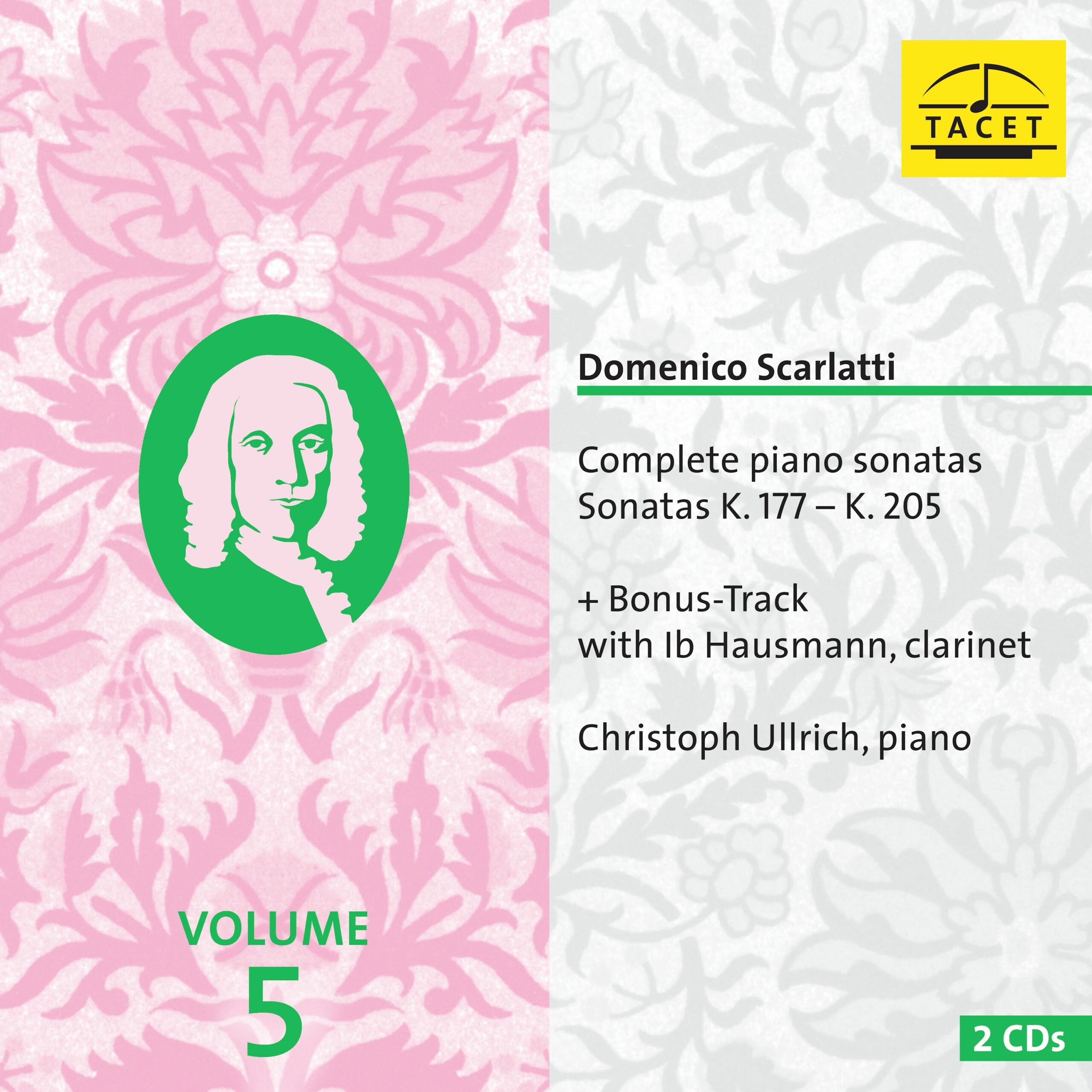
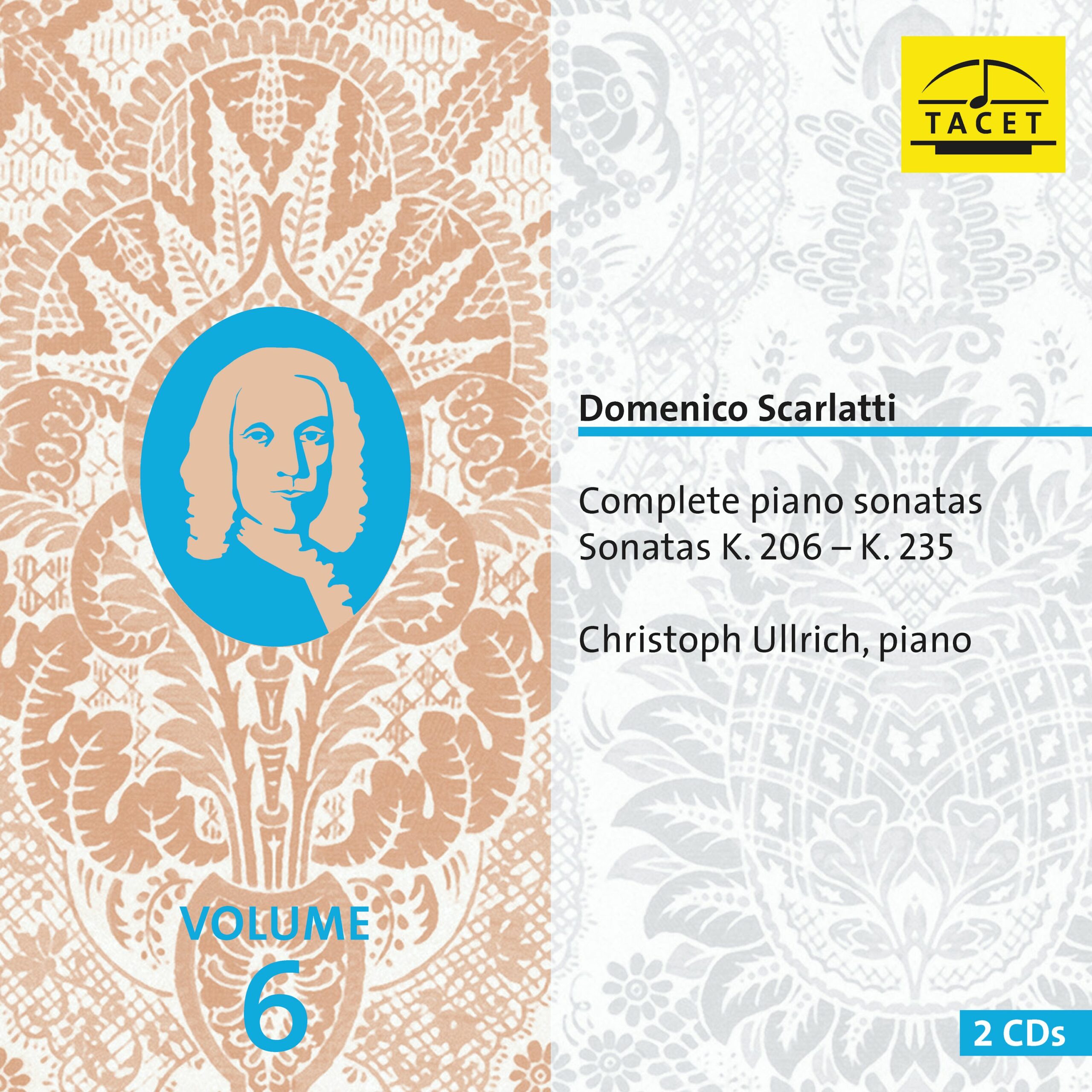
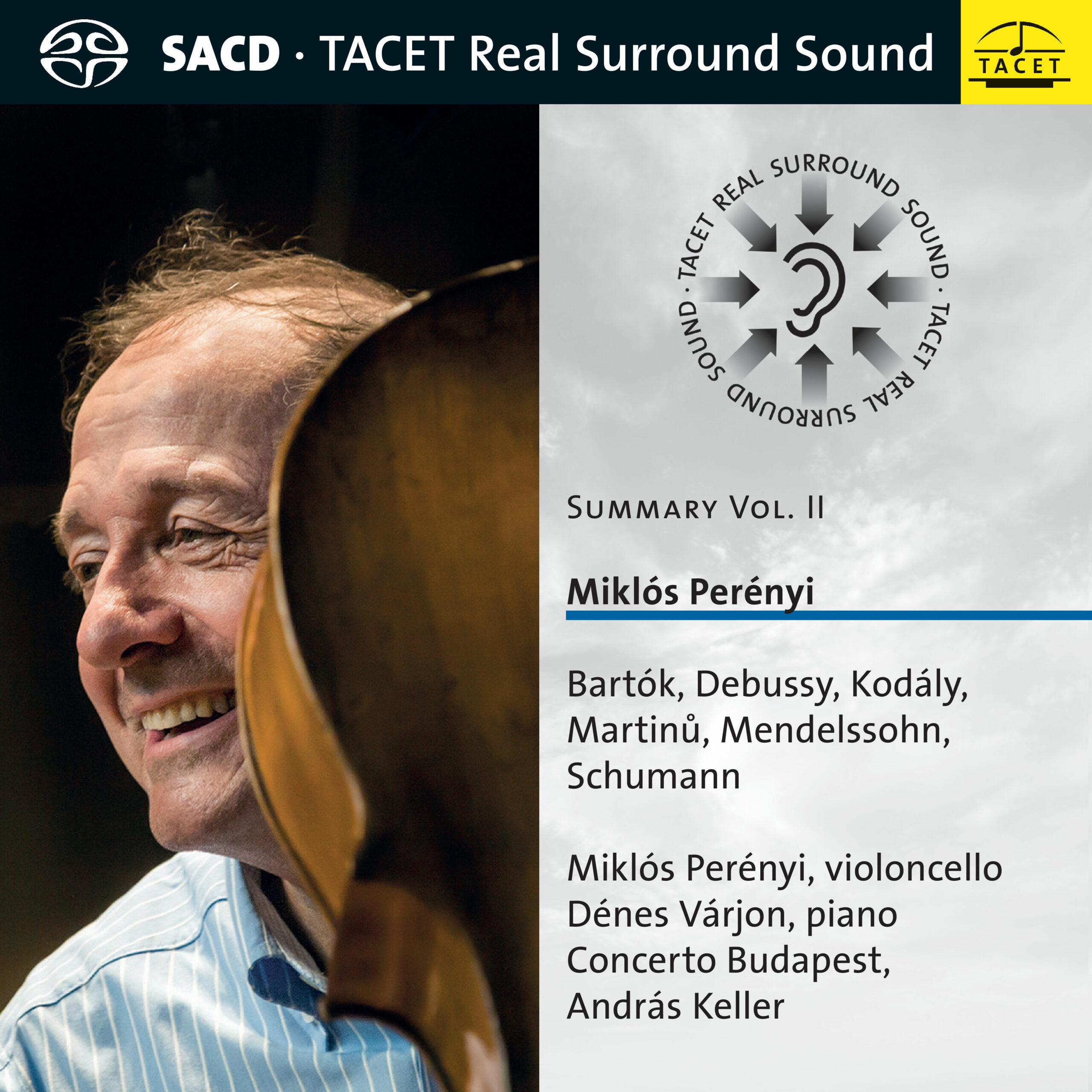
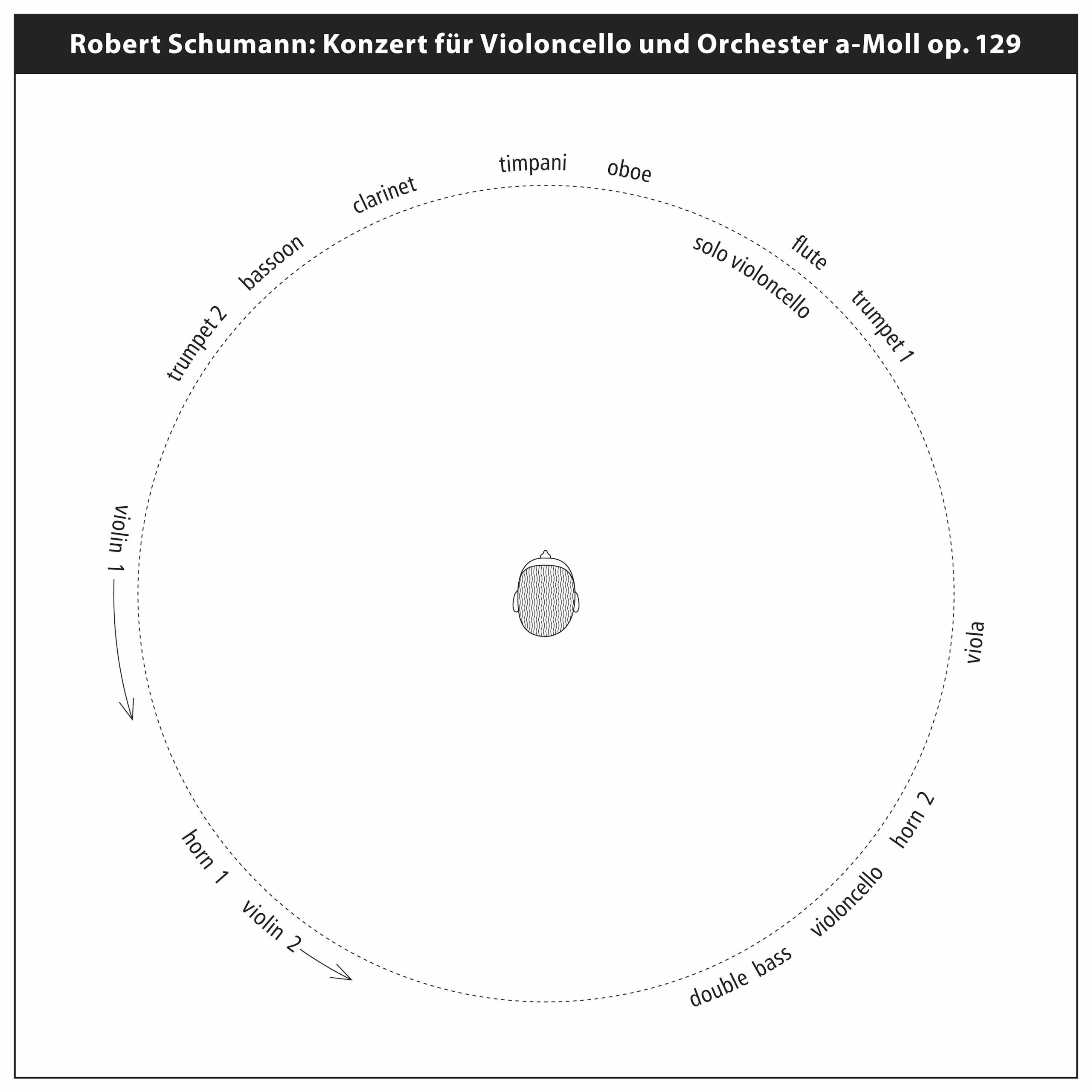
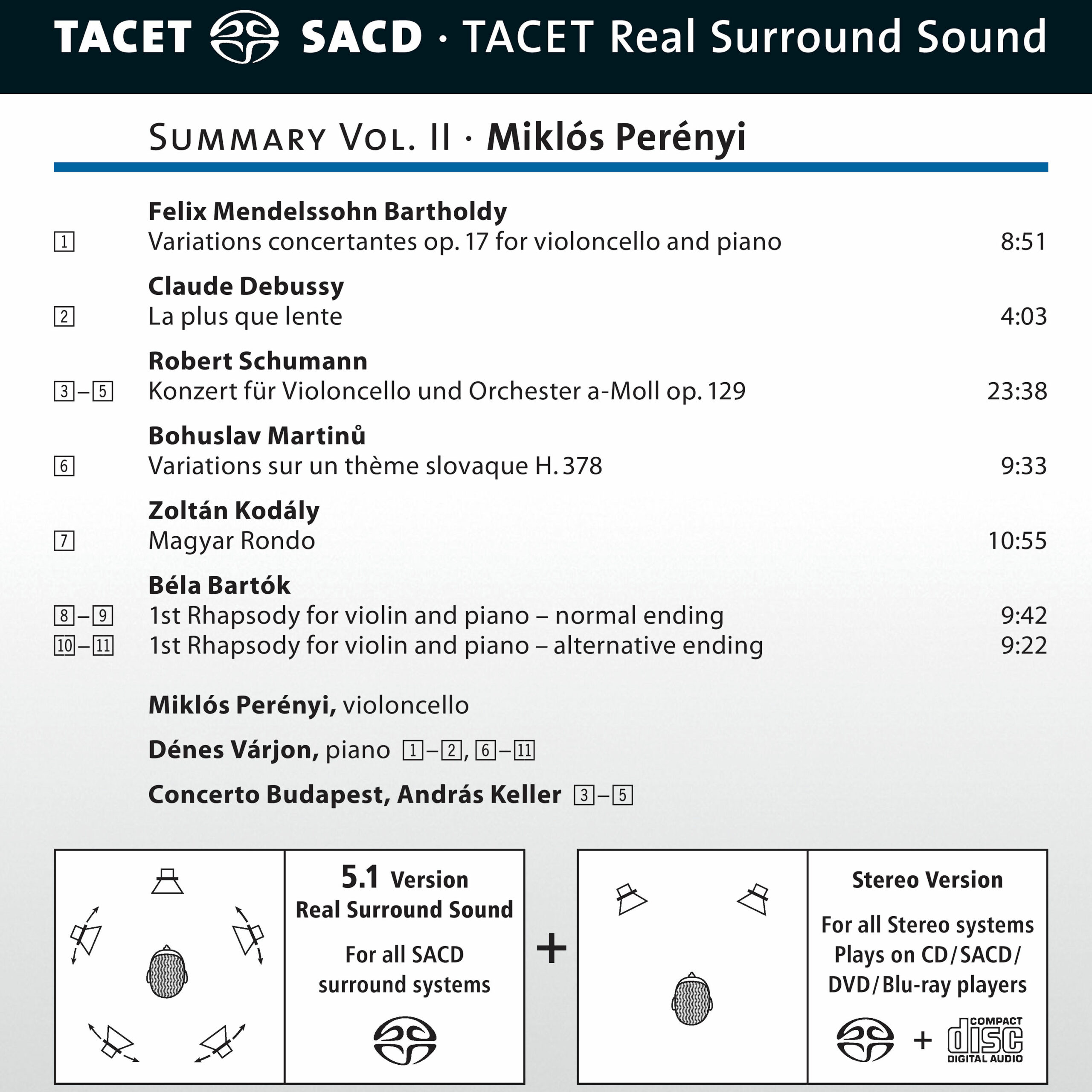


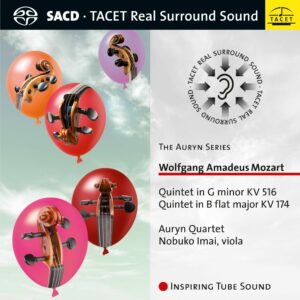
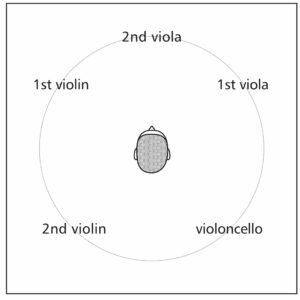
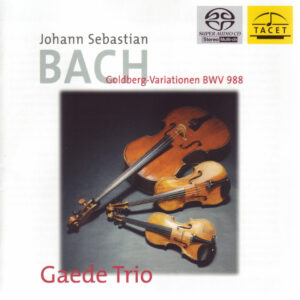
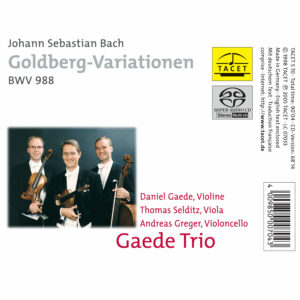
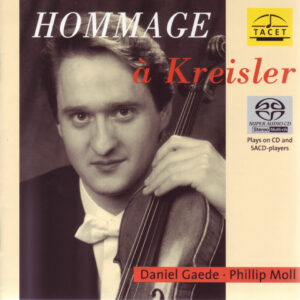
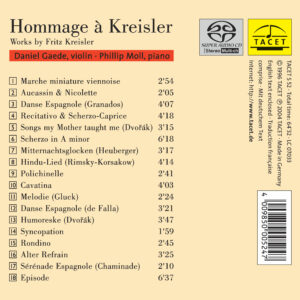
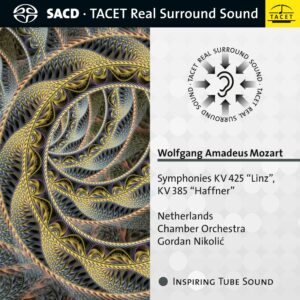
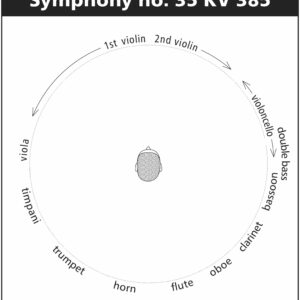
Image Hifi –
The importance of Miklós Perényi as a cellist can hardly be overestimated, but the master, who was born in Budapest in 1948, has remained more of a musician for musicians to this day than he has become the quick-marketing type for the CD business, where more dazzling protagonists of his generation such as Mischa Maisky or Heinrich Schiff have had more success in any case. After all, Perényi was able to record a broad repertoire between the Baroque and the present with Hungaroton, the then state-owned Hungarian classical music label, until the fall of communism in 1989. I first encountered his name over twenty years ago on used vinyl at a flea market. I bought Brahms' Trio op. 8, interpreted by the siblings Eszter (violin) and Miklós Perényi with Gyula Kiss at the piano (LP, Hungaroton SLPX 11769 from 1976) as well as Brahms' cello sonatas with Zoltán Kocsis (LP, Hungaroton SLPX 12123 from 1980) without great expectations. Later, listening to them, I was amazed by the beauty of these recordings. Simplicity and elegance were combined with expression. There was an earnestness and grace in it that one rarely found in the star products of the West. One does not forget such things. Pianists like Zoltán Kocsis or András Schiff (with whom he recorded all of Beethoven's works for cello & piano for ECM in 2005) appreciated Perényi as a partner at eye level - and he them.
Andreas Spreer from Tacet now asked the cellist what he would most like to record. The result was a program with music by Mendelssohn and Debussy as well as Martinů and Kodály to Bartók, with Schumann's Cello Concerto forming the central axis. Summary is the name of the series, old musicians take center stage. They exist in every generation: the sharpeners of contrasts, the tempo-setters and the all-rounders - musicians who keep turning the screws of the music until everyone has understood how individual to ingenious their interpretation is. Perényi avoids this, but he already avoided it forty years ago. His playing explores less the extremes than the possibility of concentration: Intensity without roar, expression from small gestures, priority for singing. The Schumann Concerto succeeds in a conventional way, beautiful, witty, poetic, partly because Perényi seems to have been able to preserve the flawlessness of his cello playing to this day. It is poor in In the best age youthful esprit or old-age wisdom are clichés. Sometimes they are accurate, sometimes not. That is why years of life, if at all, should be mentioned here rather incidentally. As always, it's primarily about recommendable new recordings. 4/2022 image-hifi.com 159 background noise and rich in nuance. I would not rate his recording higher than those of Anne Gastinel, Jan Vogeler, or Truls Mørk, the favorites from my comparison of interpretations ten years ago (image hifi 5/2012), but it is fortunate to hear Perényi and the Concerto Budapest even in this context. Just don't misunderstand him as meek with age. Perényi, after all, can do otherwise. The arrangement of Bartók's First Rhapsody for Violin & Piano or Kodály's Hungarian Rondo have rhythmic as well as articulatory bite and powerfully applied colors, the typical elegance of his playing always shines through, but is enriched by a total familiarity with music of the 20th century and its expanded sound spectrum. Once again, he has a strong pianist with a mind of his own at his side in Dénes Várjon, and great duo playing ensues.
Heinz Gelking
hraudio.net –
Summary Vol. II ist der Titel dieser neuesten TACET-Veröffentlichung mit Interpreationen des bedeutenden ungarischen Cellisten Miklós Perényi. Bei sechs der sieben Werke auf dieser wunderschön aufgenommenen (und gespielten) SACD wird Perényi von dem Pianisten Dénes Várjon begleitet. Beim siebten Werk wird er von Concerto Budapest und seinem künstlerischen Leiter und Chefdirigenten András Keller bei einer Aufführung von Schumanns Cellokonzert begleitet. Die „Real Surround Sound“-Technik von TACET, die den gesamten akustischen Raum nutzt und den Zuhörer in den Mittelpunkt der Interpreten stellt, kommt hier nur beim Schumann-Konzert (aufgenommen im Italienischen Institut in Budapest) wirklich zur Anwendung. Bei den anderen Werken sind der Cellist und der Pianist vor dem Zuhörer positioniert, wie man es in einem Konzertsaal erwarten würde, und die hinteren Surround-Lautsprecher sorgen für ein warmes Ambiente, das von der Akustik des Budapester Musikzentrums herrührt. Das Programm beginnt mit einer höchst fesselnden Aufführung von Mendelssohns reizvollen „Variations concertantes“, die 1829 geschrieben wurden, als der Komponist gerade einmal zwanzig Jahre alt war. In diesem hinreißenden Thema und den acht Variationen kommen nicht nur der reiche Klang von Perényis Cello, sondern auch die Sensibilität und Beweglichkeit seines Partners Dénes Várjon zum Ausdruck. Es folgt ein „Lollipop“ in Form von Debussys „La plus que lente“, hier arrangiert für Cello und Klavier von Zoltán Kocsis, bevor das längste Werk der CD, Schumanns Cellokonzert in a-Moll op. 129, erklingt.
There are currently eleven SACD recordings of this concerto listed on this site (including one in a version for violin). These are, in the main, re-mastered recordings by great cellists from the past – Rostropovich, Fournier, Starker and du Pré so this new one is to be welcomed. Schumann’s orchestration has (unfairly) been the butt of criticism by writers on music while conductors and even composers have tinkered with it. The writing for the orchestra in this concerto is full of imaginative touches and thanks to the orchestral layout of Concerto Budapest on this TACET release many details, especially in the woodwind, that are often lost in a conventional set up are made crystal clear here. The soloist is positioned at the front, just to the right of centre with most of the winds and brass behind him, while the strings and horns are in a semi-circle around and behind the listener. Perényi’s account of this predominantly lyrical work is warmly expressive and pleasingly paced. The remainder of the programme consists of three characteristic pieces from Eastern Europe composers that Perényi and his partner dispatch with considerable aplomb.
Martinus wehmütige „Variations sur un thème slovaque“ aus dem Jahr 1959 ist die letzte Komposition des Komponisten, während Kodálys reizvolles „Magyar Rondo“ aus dem Jahr 1917 auf Material aus der Begleitmusik zurückgreift, die er für Zsigmond Móricz‘ Stück Pacsirtaszó (Skylarking) geschrieben hatte. Abgerundet wird diese SACD mit gleich zwei Interpretationen von Bartóks 1. Rhapsodie, die 1928 für den Geiger Josef Szigeti geschrieben und später vom Komponisten für Cello und Klavier bearbeitet wurde. Beide verwenden eine von Bartóks alternativen Endungen für das Werk. Diese Einspielung war für Miklós Perényi eindeutig ein Liebesdienst, und ich empfehle sie vorbehaltlos.
© 2022 Graham Williams und HRAudio.net
Audio –
On its own multi-channel paths
The German labels Tacet and MDG are realizing their own surround visions. Tacet boss Andreas Spreer has his own "Real Surround Sound" that literally puts the listener in the middle of the musical action with the appropriate speaker arrangement. This is the case in the magnificent recording of Robert Schumann's Cello Concerto with the Hungarian cellist Miklós Perényi, who was 74 years old when the recording was made. Together with delightful encores, this recording forms the second installment of the Tacet series "Summary". Incidentally, a tip in stereo alone for the arrangements of Béla Bartók's Rhapsodies for Violin and Piano for cello and piano.
Klassik heute –
The great Hungarian cellist Miklós Perényi, at 74 years of age, is now certainly one of the old masters of his guild, and so the Tacet label has chosen him for the second installment of its new "Summary" project, which showcases the retirement work of outstanding musicians and ensembles. The result is a program entirely shaped by Perényi's personal preferences, a colorful palette ranging from German Romanticism to Perényi's compatriots Bartók and Kodály.
Lean, finely balanced tone and clever construction of tension arcs
The only work with orchestral accompaniment and probably also the center of the album is Robert Schumann's Cello Concerto in A minor op. 129. Perényi's interpretation of this classic of the cello repertoire (which, absurdly enough, is still occasionally viewed somewhat skeptically to this day when one reads, for example, that the first romantic cello concerto of distinction was the - undeniably great! - Dvořák concerto) exemplifies the qualities that characterize his playing (not only on this CD). His tone is slender, agile, finely balanced and always marked by a certain warmth, never forced, tending to be somewhat withdrawn. Perényi wisely dispenses the intensity of his playing by orienting himself essentially to the architecture of the music. The focus is thus less on the moment, the intensification of individual phrases (which he usually shapes in a rather calm and flowing manner), but rather on the great arcs and lines of the music, its dramaturgy. The tempi he chooses are fluid, but not hasty.
Poetry and profundity
In Concerto Budapest, conducted by András Keller, Perényi is joined by a competently accompanying ensemble that appealingly shapes the concerto's frequent dialogic structures (between soloist and orchestra). Overall, an interpretation that exquisitely captures the vocal nature, poetry, and profundity of Schumann's concerto without ever seeming sentimental. Mind you, with a work as multi-layered as Schumann's Concerto, performed by generations of cellists, it's perilously impossible to filter out a (single) definitive reading, and certainly one will find other interpretations that, for example, place a stronger focus on the restless, urgent, nervous aspects of this work. What Perényi's new recording does offer, however, is a decidedly coherent performance of the concerto that realizes its own interpretive approach very convincingly.
Sovereign music making with congenial partner
In the other works on the CD, Perényi is accompanied by his long-time piano partner Dénes Várjon, with whom Perényi harmonizes excellently, a well-rehearsed duo setting similar musical priorities. The recordings of Kodály's Hungarian Rondo and Bartók's Rhapsody for Cello and Piano Sz 88 (i.e. the arrangement of the Rhapsody for Violin No. 1; the CD includes both variants of its ending) may be considered particularly successful. Perényi is completely at home in this idiom, he performs the Hungarian folklore with great naturalness (especially in the rubato), and especially here one can excellently understand how he, from a position of balance, thus avoiding extremes, excellently arranges arcs of intensification (consider, for example, the sudden intensification of expression in the second movement of the Rhapsody from number 9). The interpretation of Bohuslav Martinů's very late Variations on a Slovak Theme was calm, rather detached, a very beautiful work that is characterized by playful serenity despite the elegiac-toned variation theme. The appealing arrangement of Debussy's La plus que lente is by Zoltán Kocsis, who sadly passed away years ago, and finally Perényi's lucid, confident interpretation of Felix Mendelssohn Bartholdy's Variations concertantes (with which the CD begins) again spans the arc to the Schumann concerto.
The booklet is solid, the sound quality excellent. In the case of the Mendelssohn and Martinů cycles, it would have been possible to follow the variation structure by dividing them into tracks accordingly, but on the other hand, with a total duration of about nine minutes each, this is certainly not essential. Either way, an exquisite cellistic "summary" (which, of course, will nonetheless hopefully be followed by more).
Holger Sambale
Pizzicato –
This SACD in Tacet’s always superb Real Surround sound begins with a lively, highly inspired performance of Felix Mendelssohn’s Variations Concertantes. This inspired interpretive approach also benefits the other cello pieces.
In Schumann’s Cello Concerto, Miklos Perenyi, now 74, shows that this work is not necessarily bursting with power, but rather thrives on contrasts, which he plays out generously, thus underlining the quasi-improvisatory character of the music and its typically romantic imaginativeness in the corner movements. He plays the slow movement with a beautiful and lyrical cello sound. Conductor Andras Keller responds very well to this music-making of the soloist, so that one can speak of a truly coherent interpretation.
Remy Franck